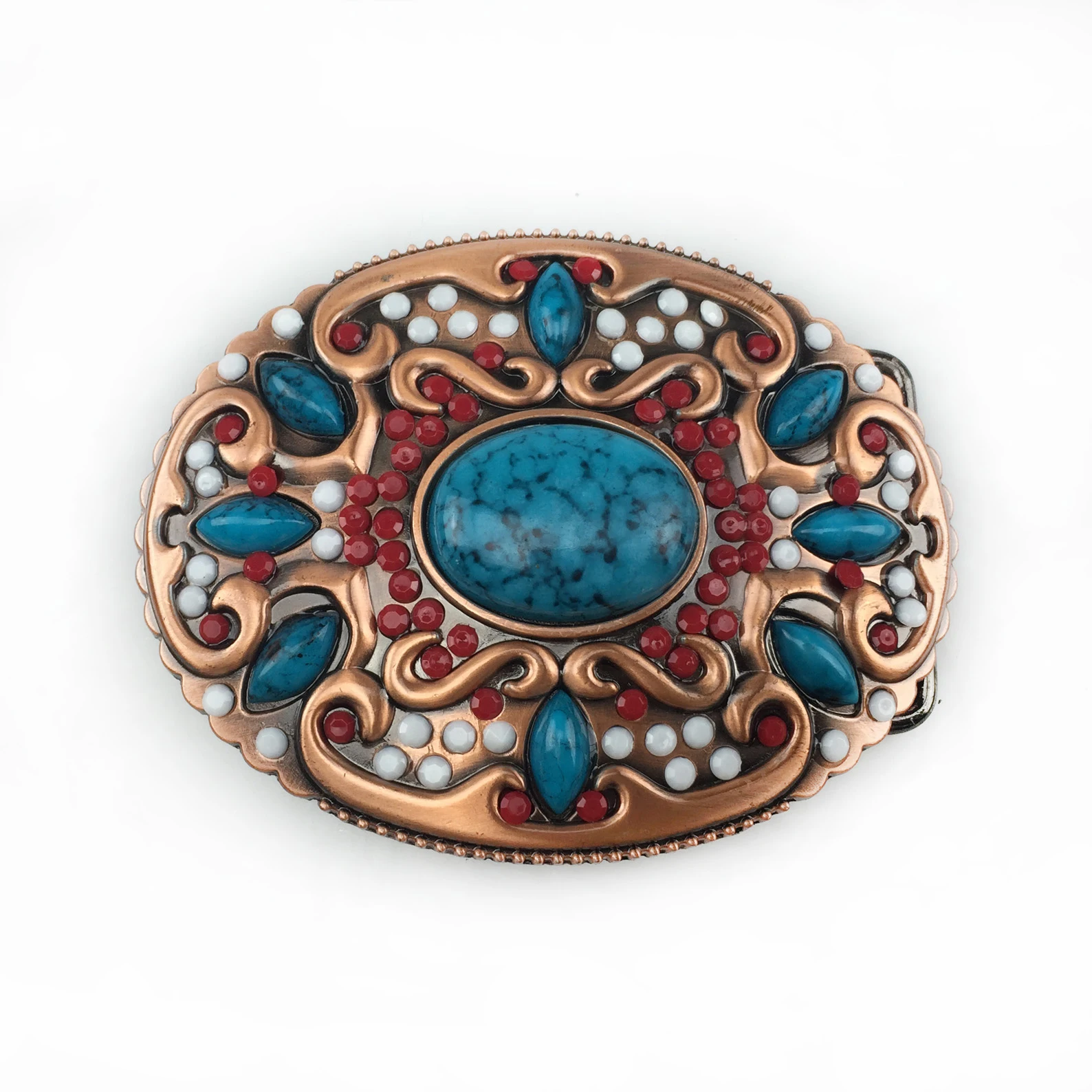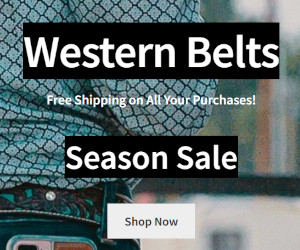
Introduction
These are a vital component of any belt, serving not only to secure the belt around the waist but also as a statement piece that reflects personal style. From practical and functional designs to elaborate and decorative ones, these come in various shapes, sizes, and materials. This comprehensive guide explores the history, types, materials, and styles of belt buckles, as well as tips for choosing the right buckle for different occasions.
Historical Significance of Belt Buckles
These have a rich history that dates back to ancient times, evolving through different cultures and eras:
- Ancient Origins:
- Roman and Greek Times: Belt buckles were used by Roman soldiers and Greek warriors to secure their armor and tunics. They were often made of bronze or iron and featured simple, functional designs.
- Medieval Europe: During the medieval period, these became more ornate, reflecting the wearer’s status and wealth. They were often crafted from precious metals and adorned with intricate engravings and gemstones.
- Renaissance and Victorian Eras:
- Renaissance Elegance: Belt buckles in the Renaissance period were elaborate and often featured detailed engravings and intricate designs, showcasing the craftsmanship of the era.
- Victorian Fashion: In the Victorian era, these became an essential accessory in both men’s and women’s fashion, often reflecting the ornate and decorative styles of the time.
- Modern Times:
- 20th Century: Belt buckles in the 20th century saw a shift towards more practical and mass-produced designs. However, they also became a medium for self-expression, with custom and novelty buckles gaining popularity.
- Contemporary Trends: Today, these range from minimalist and functional to highly decorative and personalized, catering to various fashion tastes and preferences.
Types of Belt Buckles
Belt buckles come in a variety of styles, each designed for specific purposes and fashion statements:
- Classic Frame Buckles:
- Description: The most common type, featuring a simple frame and prong. The belt is threaded through the frame, and the prong secures it in place.
- Usage: Suitable for both casual and formal wear, depending on the design and material.
- Plate Buckles:
- Description: Feature a flat, often decorative plate that hooks onto the belt. These buckles are typically larger and more ornate.
- Usage: Popular in Western and cowboy styles, often featuring intricate engravings and designs.
- Box Frame Buckles:
- Description: A box-like structure where the belt is threaded through and secured without a prong. They provide a sleek and modern look.
- Usage: Ideal for dress belts and formal occasions, offering a clean and streamlined appearance.
- Automatic Buckles:
- Description: Feature a ratchet mechanism that allows for micro-adjustments without the need for holes in the belt. The belt is simply slid into the buckle and secured.
- Usage: Common in modern, adjustable belts, providing a perfect fit and easy adjustment.
- Snap Buckles:
- Description: Utilized in utility and outdoor belts, these buckles snap together for quick and secure fastening.
- Usage: Ideal for outdoor activities, work belts, and tactical gear due to their durability and ease of use.
- Reversible Buckles:
- Description: Allow the belt to be worn in two different colors or styles, with the buckle rotating to accommodate either side.
- Usage: Versatile and practical for those who want to maximize their wardrobe options with a single belt.
Materials Used in Belt Buckles
The material of a belt buckle affects its durability, appearance, and suitability for different occasions:
- Metal:
- Durability and Style: Metal buckles, including brass, stainless steel, and zinc alloy, are durable and available in various finishes such as polished, matte, or antiqued.
- Versatility: Suitable for both casual and formal wear, depending on the design and finish.
- Leather:
- Classic and Timeless: Leather buckles, often paired with leather belts, offer a cohesive and classic look.
- Comfort: Leather buckles are comfortable and flexible, making them ideal for everyday wear.
- Plastic and Synthetic:
- Lightweight and Affordable: Plastic and synthetic buckles are lightweight and often more affordable, commonly used in casual and outdoor belts.
- Variety: Available in a wide range of colors and styles, offering versatility for different fashion preferences.
- Wood and Natural Materials:
- Unique and Eco-Friendly: Wooden buckles and those made from natural materials like bone or horn provide a unique and eco-friendly option.
- Artisanal Appeal: Often handcrafted and featuring distinctive designs, these buckles add a touch of artisanal charm to any outfit.
Choosing the Right Belt Buckle
Selecting the right belt buckle involves considering the occasion, style, and personal preference:
- Occasion:
- Formal Wear: For formal occasions, choose classic frame or box frame buckles in polished metal or leather. Avoid overly large or decorative buckles.
- Casual Wear: Casual settings allow for more creativity, with plate, reversible, or snap buckles being suitable options.
- Outdoor Activities: For outdoor or work settings, opt for durable and practical snap or automatic buckles.
- Style:
- Minimalist: Choose simple and sleek designs for a modern, understated look.
- Statement: Opt for larger, more decorative buckles to make a fashion statement or add a unique touch to your outfit.
- Material:
- Durability: Consider the durability of the material based on how often you will wear the belt and the conditions it will be exposed to.
- Comfort: Ensure the material is comfortable, especially for all-day wear.
- Personal Preference:
- Customization: Consider custom or personalized buckles for a unique and individual touch.
- Matching: Match the buckle with other accessories, such as watches, shoes, or jewelry, for a cohesive look.
Caring for Your Belt Buckles
Proper care and maintenance can extend the life of your belt buckles:
- Cleaning:
- Metal Buckles: Clean with a damp cloth and mild soap. For polished finishes, use a metal polish to maintain shine.
- Leather Buckles: Wipe with a damp cloth and condition with leather cleaner or conditioner to prevent drying and cracking.
- Plastic and Synthetic Buckles: Clean with mild soap and water. Avoid harsh chemicals that can damage the material.
- Storage:
- Avoid Scratches: Store buckles in a way that prevents scratching, such as in individual pouches or compartments.
- Keep Dry: Ensure buckles are completely dry before storing to prevent rust or mold, especially for metal and leather buckles.
- Maintenance:
- Inspect Regularly: Check for signs of wear and tear, such as loose parts or discoloration, and address them promptly.
- Professional Repairs: For valuable or intricate buckles, consider professional repairs to maintain their condition and appearance.
Conclusion
Belt buckles are a crucial element of any belt, combining functionality with style. With a wide range of types, materials, and designs, there is a belt buckle for every occasion and personal preference. By understanding the different options and how to care for them, you can choose the perfect belt buckle to complement your wardrobe and enhance your overall look.


